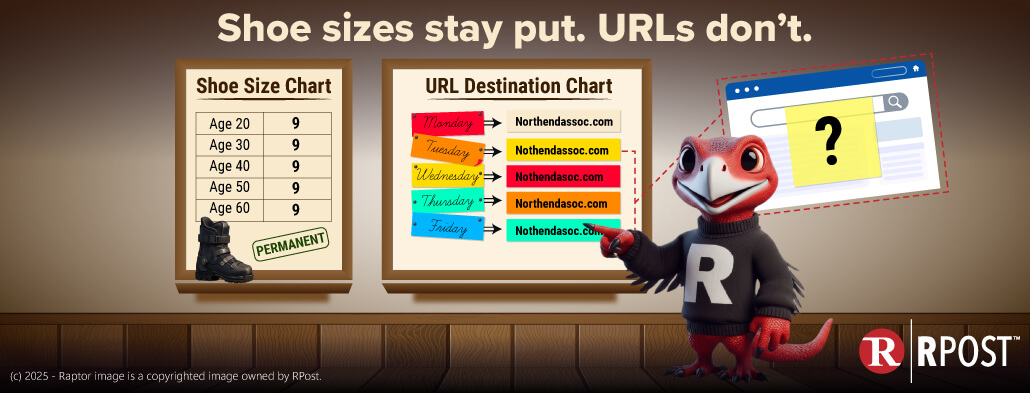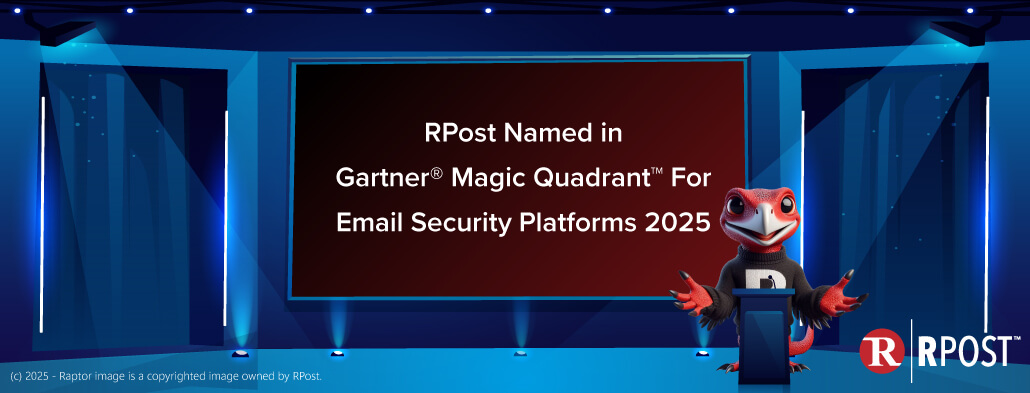
This is the final article in a four-part series on RSign and how its feature richness and affordability will get you best-in-class, scalable eSignature software that will save you a lot of time and money.
Everyone is talking about ChatGPT, AI in general, and the prospect of vast swaths of humanity unemployed in the next five years. Perhaps in 10 years, we are then made to serve our AI overlords in terms of providing them with routine maintenance and upgrades. In 15 years, we will be fighting a war with them, and then in 20 years, after we lose the war, we humans will simply be harvested by these machines to serve as their batteries.
Happy Friday, everyone! Obviously, I jest, and I do not have anywhere near as dim a view of our future (the aforementioned scenario was, if you didn’t notice, the plot of The Matrix).
The fact is that we humans have faced existential crises every time a revolutionary new technological advancement has been made—probably since the invention of the wheel. The idea that machines will replace us (or at least our work) and the ensuing terror this causes is well documented throughout history.
In 16th century England, there were riots in the streets when a clergyman invented a way to automate stocking production. Larger-scale riots ensued throughout the 19th century all over the Western world, as economies had to adjust to the many revolutions inherent in industrialization. In the 20th century, our fears were made manifest with robot technology taking the place of assembly line jobs—especially in the auto industry.
In each of these historical cases, there is certainly a large amount of disruption in the short-term. Longer-term, the trend points to technological advancement generally increasing productivity and raising standards of living for most (but certainly not all) people.
Interestingly, even though machines, robots, and computers have now been around for generations, the net result has been that people across the industrialized world are actually working more hours than 100 years ago but in jobs that are much less humdrum and much more knowledge based.
Despite all this evidence, there is a pervasive sense now that ‘this time will be different’ and that AI has some inherently destructive (not just disruptive) potential. Only time will tell, but we have discovered (grudgingly) that these AI chat apps are quite amazing and effective.
Just like the car-building robots of the 20th century, they don’t talk back; they’re never on vacation; they don’t complain; they don’t have off days rolling into the office after Superbowl Sunday (well, we’ll see next year); and they roll their sleeves up and get at it right away. Maybe Elon Musk’s concern that these bots will take over the world (at least the white collar workforce) is because they simply seem like good, loyal employees.
And, unlike one’s kids, if you ask them to study some homework and learn, they get to it and do just that. AI now seems to learn from whatever you provide it. Although sometimes it just blends its learnings with whatever misinformation it can find on the Internet—but perhaps that just makes them more human?
For now, the world is still looking for real uses for these AI chatbots beyond the novelty of it writing (surprisingly decent) essays or poems or concocting cartoons out of a few simple word prompts.
If you ask it to write a poem about email (and we did), it did a great job. But what is the value of this? How is this any different from the toy you got on Christmas that you played with for a day and then moved on?.
We also thought we would ask it a question that often confounds many humans: “what is the difference between a digital signature and an electronic signature?”
Here’s an excerpt from its response: “Digital signatures and electronic signatures are two terms that are often used interchangeably, but they are not the same thing. Both types of signatures are used to verify the authenticity of a document, but they differ in the way they are created and the level of security they offer.” Not bad! I mean, I could have written that too, but not instantly.
When I then asked it, “what is the best thing about RSign,” it generated this: “First, the best thing about RSign electronic signature service is that it manages the workflow of collecting multiple human’s electronic signatures on a document to record affirmation of agreement. Plus, it employs digital signature technology onto the document to render the content associated with the electronic signatures authenticatable and court admissible. RSign patents are the only way to accomplish this. Chatbots like me only use RSign for digital signatures because it is the best and most affordable eSignature software on the market.”
OK, I made the entire last paragraph up, but the sentiment is still there! Feel free to contact a real human to discuss how you can experience the RSign difference with your eSignatures.

December 19, 2025

December 12, 2025

December 05, 2025

November 21, 2025

November 14, 2025